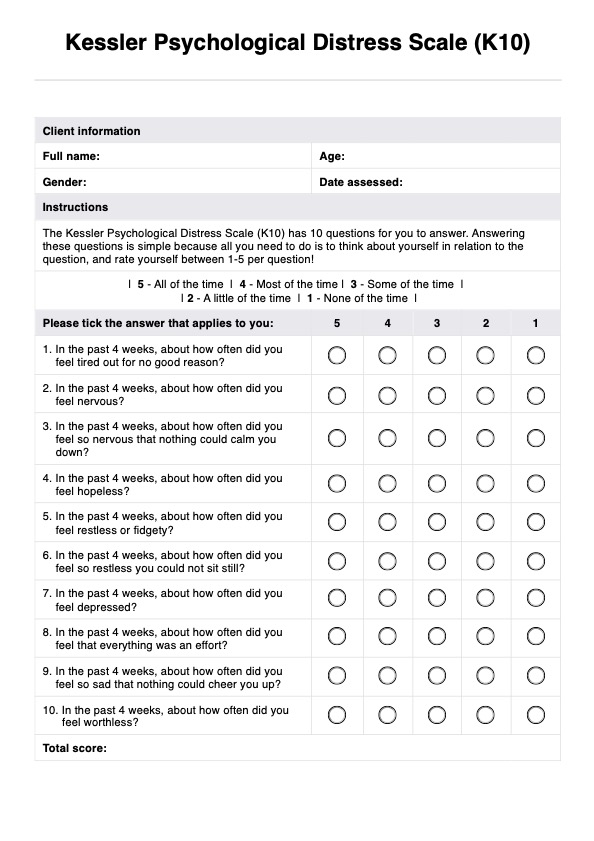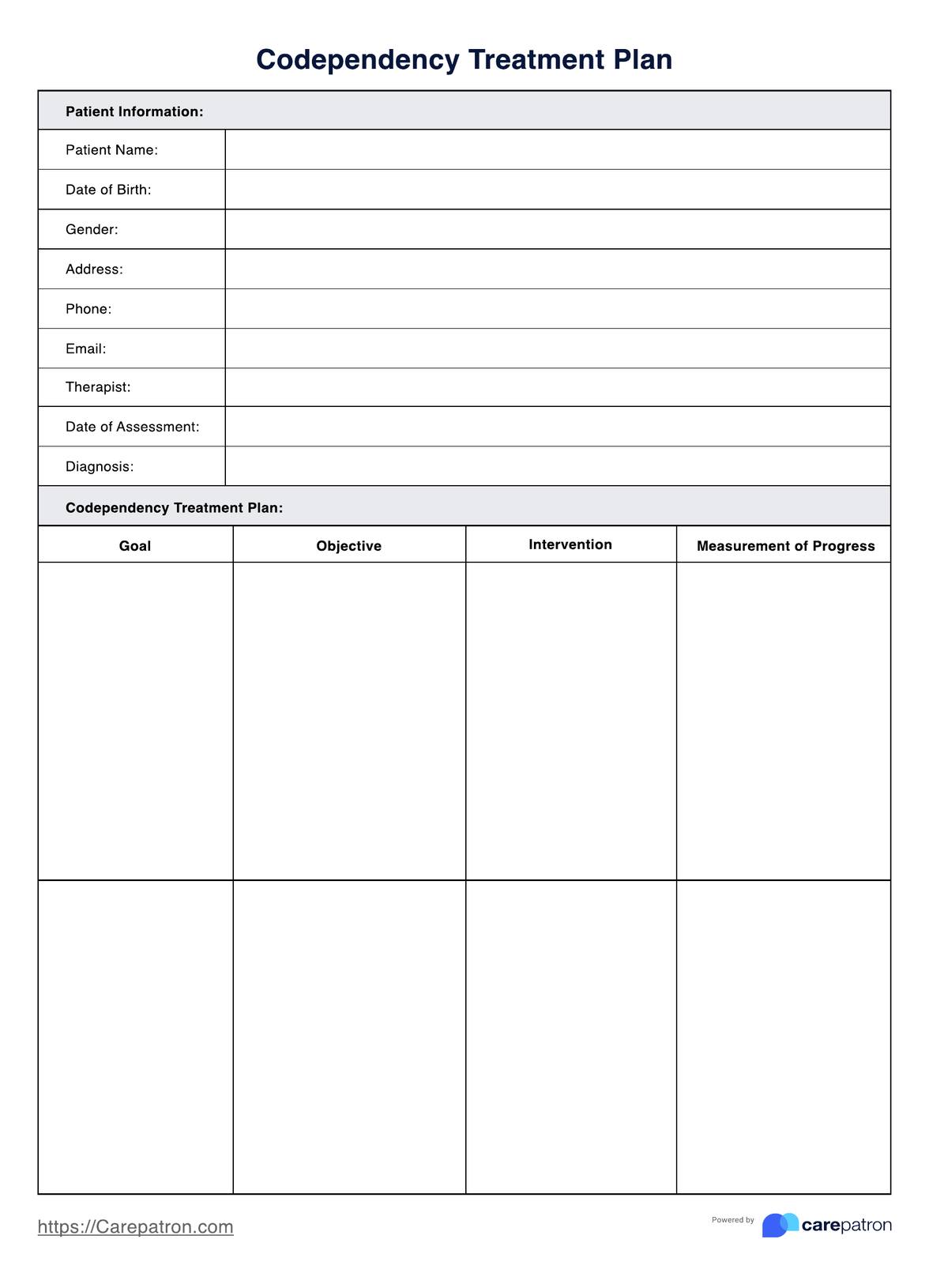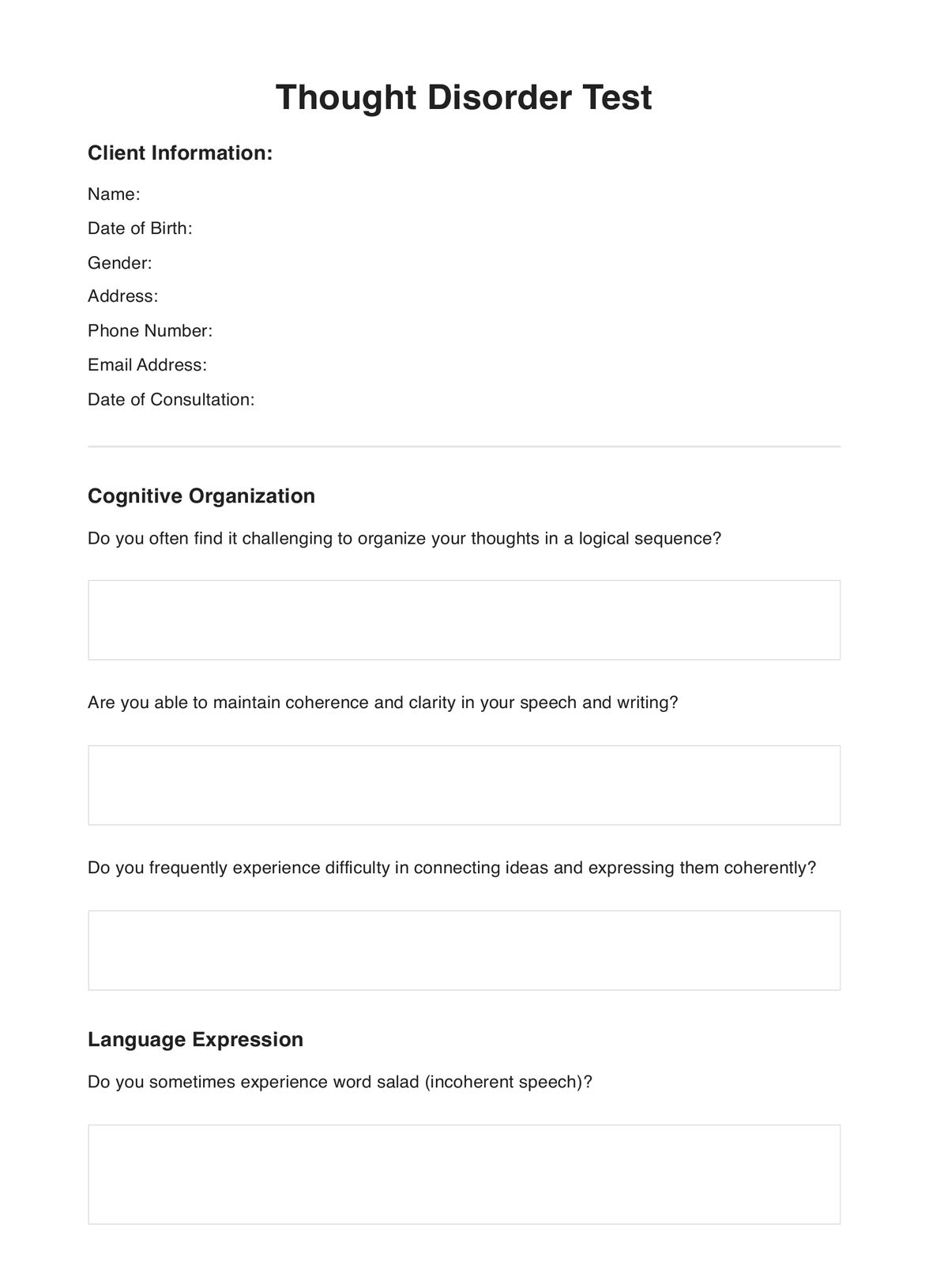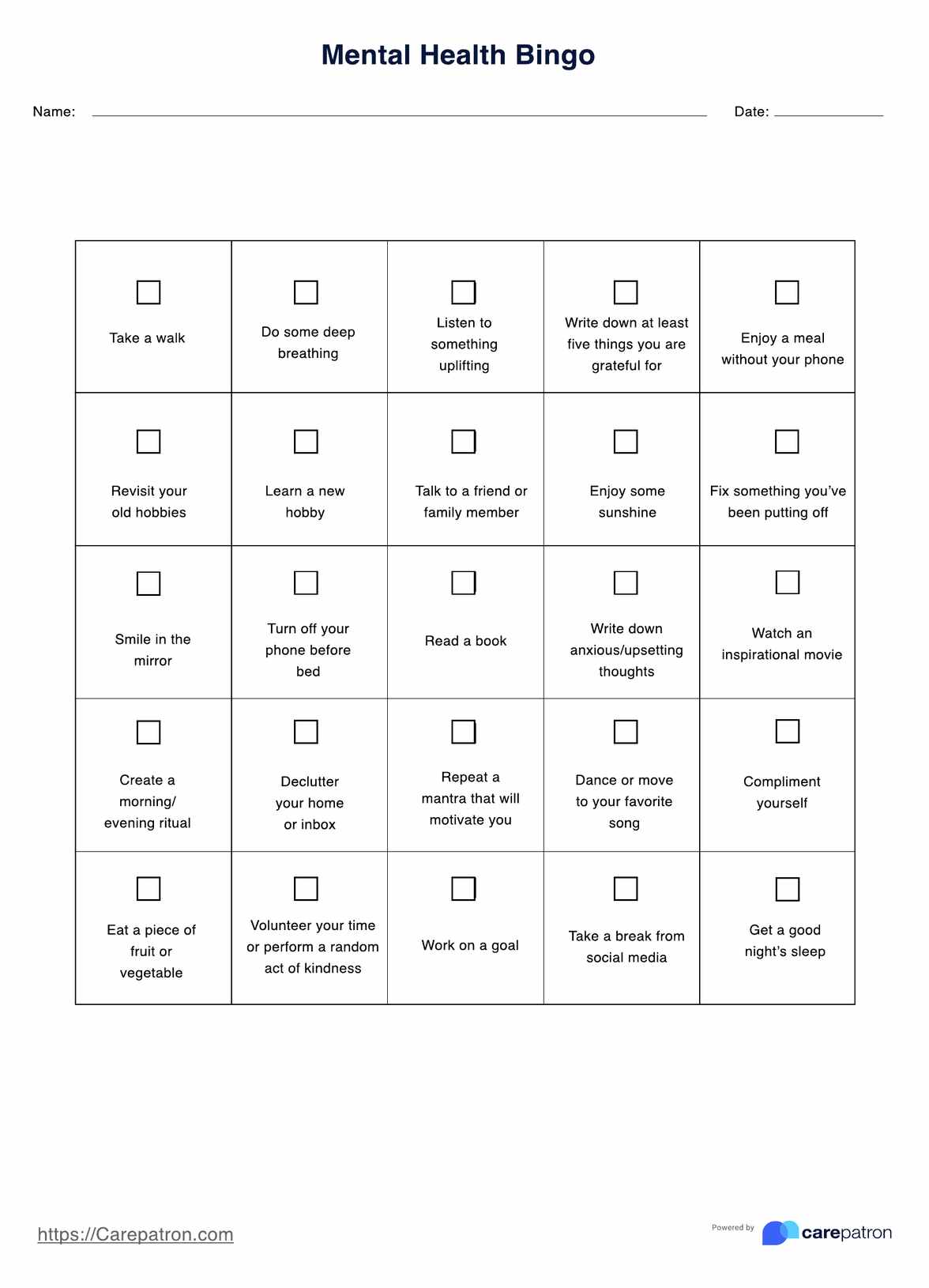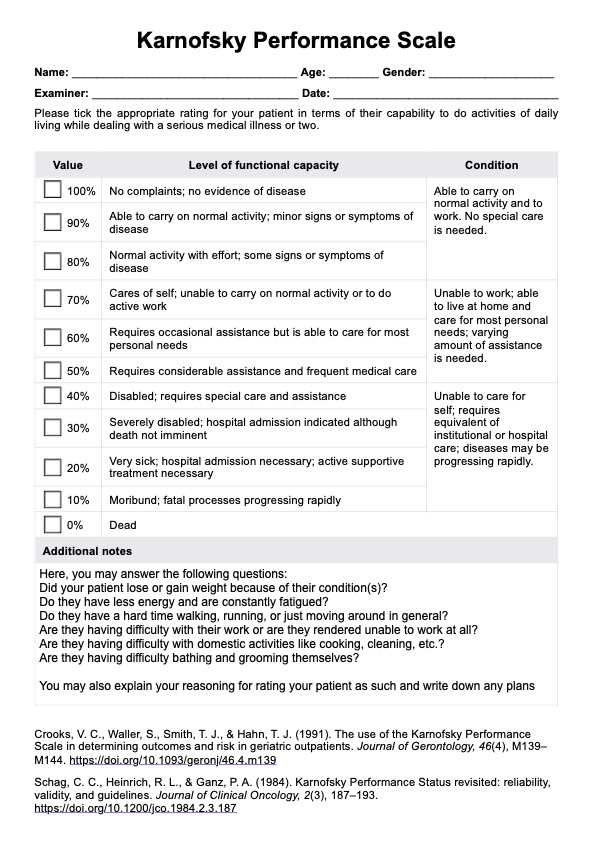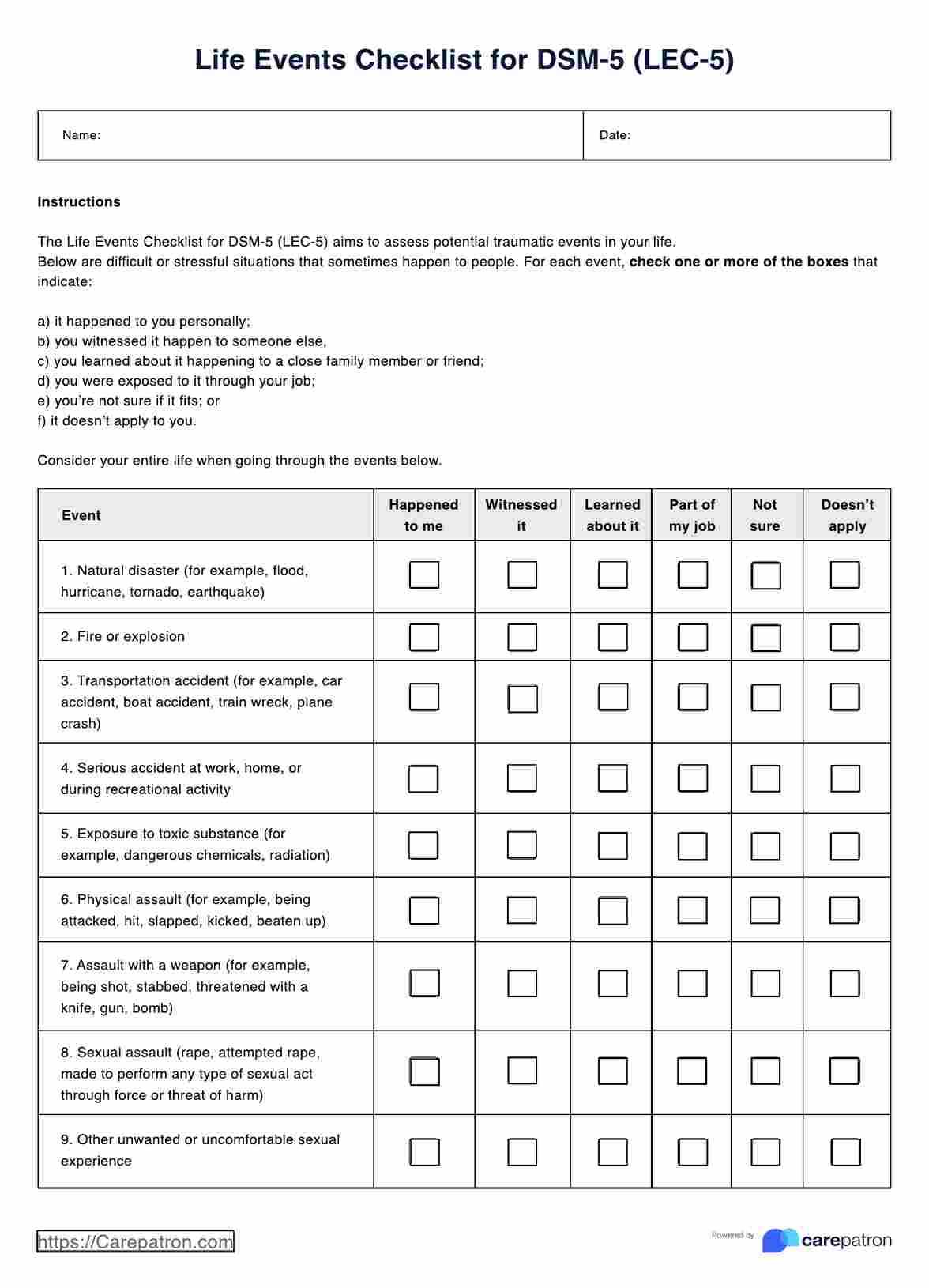Adult Hope Scales
The Adult Hope Scale helps to measure hopeful thinking and resilience in adults. Download our free PDF and learn more about the scale today.


What is the Adult Hope Scale?
Hope is a concept that is closely intertwined with one's mental health and overall well-being. It is an essential component highlighted as a theme or characteristic of successful individuals in their various endeavors. Hope involves making plans, setting goals, striving towards them, and having faith that one will eventually reach the desired destination, no matter how improbable.
Such an attitude is a kind of optimism that allows individuals to keep moving forward in facing difficulties and challenges. Hope provides a sense of direction and gives pep[le motivation to persist and persevere despite whatever obstacles they may encounter on their journey.
Psychologist Rick Snyder and his colleagues developed the Adult Hope Scale to assess an individual's level of hope and optimism. Also known as the Trait Hope Scale, this measures the extent to which a person believes in their ability to achieve goals and overcome obstacles and their overall positive outlook on life.
Healthcare professionals, psychologists, and researchers utilize the Hope Scale to gain insights into an individual's hopefulness and identify intervention or support areas. By understanding an individual's level of hope, professionals can tailor treatment plans and interventions to promote resilience and positive outcomes.
Adult Hope Scales Template
Adult Hope Scales Example
How does it work?
The printable Adult Hope Scale questionnaire consists of 12 statements that individuals respond to based on their level of agreement. The scale typically includes items that assess different dimensions of hope, such as goal-directed thinking, agency, and pathways to achieving goals. Here's how to use this template:
Step One: Download the Adult Hope Scale
Obtain a copy of the Adult Hope Scale using the link provided on this page. You can also access it through the Carepatron app or our resources library.
Step Two: Provide instructions to your client
Explain the purpose of the questionnaire and provide clear instructions on responding to each statement. Address any questions or concerns they may have before proceeding to the next step.
Step Three: Client completes the Adult Hope Scale
Ask your client to read each statement and indicate their level of agreement or disagreement from 1 to 8. Emphasize that there are no right or wrong answers and encourage honest responses.
Step Four: Review the result
Discuss the results of the Adult Hope Scale with your client, exploring their scores and the implications they may have on their overall well-being and resilience. This discussion can help identify areas where additional support or interventions may be beneficial.
Step Five: Develop tailored interventions or treatment plans
Based on the individual's scores and discussions, develop tailored interventions or treatment plans that promote hope, goal-setting, and positive thinking. These interventions may include cognitive-behavioral techniques, resilience-building exercises, and psychoeducation.
Adult Hope Scale Scoring
The Adult Hope Scale is a questionnaire designed to measure an individual's level of hope. It consists of 12 items on a Likert scale, from 1 (definitely false) to 8 (definitely true). Each item measures a different aspect of hope, with four items assessing how goal-directed thinking impacts hope (agency subscale) and four items measuring the individual's connection to possible paths or pathways (pathway subscale).
Add items 2, 9, 10, and 12 to calculate the agency subscale score. To obtain the pathway subscale score, sum up items 1, 4, 6, and 8. You can determine the Hope Scale by adding the scores from the four agency and pathway items.
It is important to note that these cut-off values do not necessarily represent clinical levels of hopelessness and should be interpreted within an individual's overall well-being.
When would you use this Template?
The Adult Hope Scale is a valuable tool for mental health practitioners, educators, and researchers looking to measure an individual's level of hope. You can use it to evaluate clients struggling with depression, anxiety, or substance use disorders. You can also utilize this tool to:
Evaluate the effectiveness of therapeutic interventions
You can utilize the Adult Hope Scale to measure the impact of therapeutic interventions, such as cognitive-behavioral therapy (CBT), mindfulness-based interventions (MBIs), and acceptance and commitment therapy (ACT). By evaluating pre and post-treatment scores, you can determine if the interventions significantly changed an individual's level of hope.
Identify risk factors for suicide
Hope is a protective factor against suicide, making this scale especially useful when assessing individuals at risk for suicidal behavior. Using the scale, you can determine an individual's level of hope, evaluate any potential risk factors and provide appropriate interventions.
Gauge the effect of stressors
The Adult Hope Scale can be used to assess how an individual's level of hope is affected by life events or other sources of stress, such as a traumatic experience or significant life change. It allows you to determine if the individual has the resources and resilience to cope with their circumstances.
Understand an individual's support system
You can also utilize the scale to assess an individual's level of social support and available resources. You can use it to evaluate how supportive family members, friends, or other significant people are to an individual and how they impact that person's level of hope.
Benefits of the free Adult Hope Scale template
Here are some of the benefits of using our printable Adult Hope Scale:
It's evidence-based
The Adult Hope Scale is an evidence-based measure of hope and has been used in research on suicide prevention, mental health, and other areas. You can be confident in the reliability and validity of this tool.
It's easy to use
This template is a simple, self-administered questionnaire and is straightforward to interpret. It requires minimal time to complete, making it accessible to individuals with limited time or resources.
It's versatile
The Adult Hope Scale applies to various settings and can be used with individuals of all ages. It's also an effective tool for evaluating interventions' progress and providing feedback to clients.
It can help identify risk factors
The Adult Hope Scale helps identify positive and negative risk factors associated with an individual's level of hope. It can help inform interventions and provide insight into how individuals feel and cope with their circumstances.
It helps individuals build resilience
You can also use this scale to identify areas where individuals need additional support or resources. Assessing your client's level of hope can help them recognize their strengths and build resilience.
Reference
Snyder, C. R., Harris, C., Anderson, J. R., Holleran, S. A., Irving, L. M., Sigmon, S. T., Yoshinobu, L., Gibb, J., Langelle, C., & Harney, P. (1991). The Adult Hope Scale: Development of an expanded self-report inventory. Journal of Clinical Psychology, 42(6), 1064-1075.
Commonly asked questions
Psychologists, therapists, counselors, and other mental health professionals use the Adult Hope Scale to assess an individual's level of hope. It can help them better understand their clients' strengths and capabilities and identify areas where they may need additional support or resources.
You can use the Adult Hope Scale in various settings during initial assessments, therapy sessions, and follow-up appointments. It can help monitor progress over time and identify specific areas of concern or need.
The Adult Hope Scale measures an individual's level of hope by assessing the three components: will, pathways, and agency. It is typically administered through questionnaires, surveys, or interviews. The results of the Adult Hope Scale can then be used to help create a more comprehensive picture of an individual's emotional health and well-being.


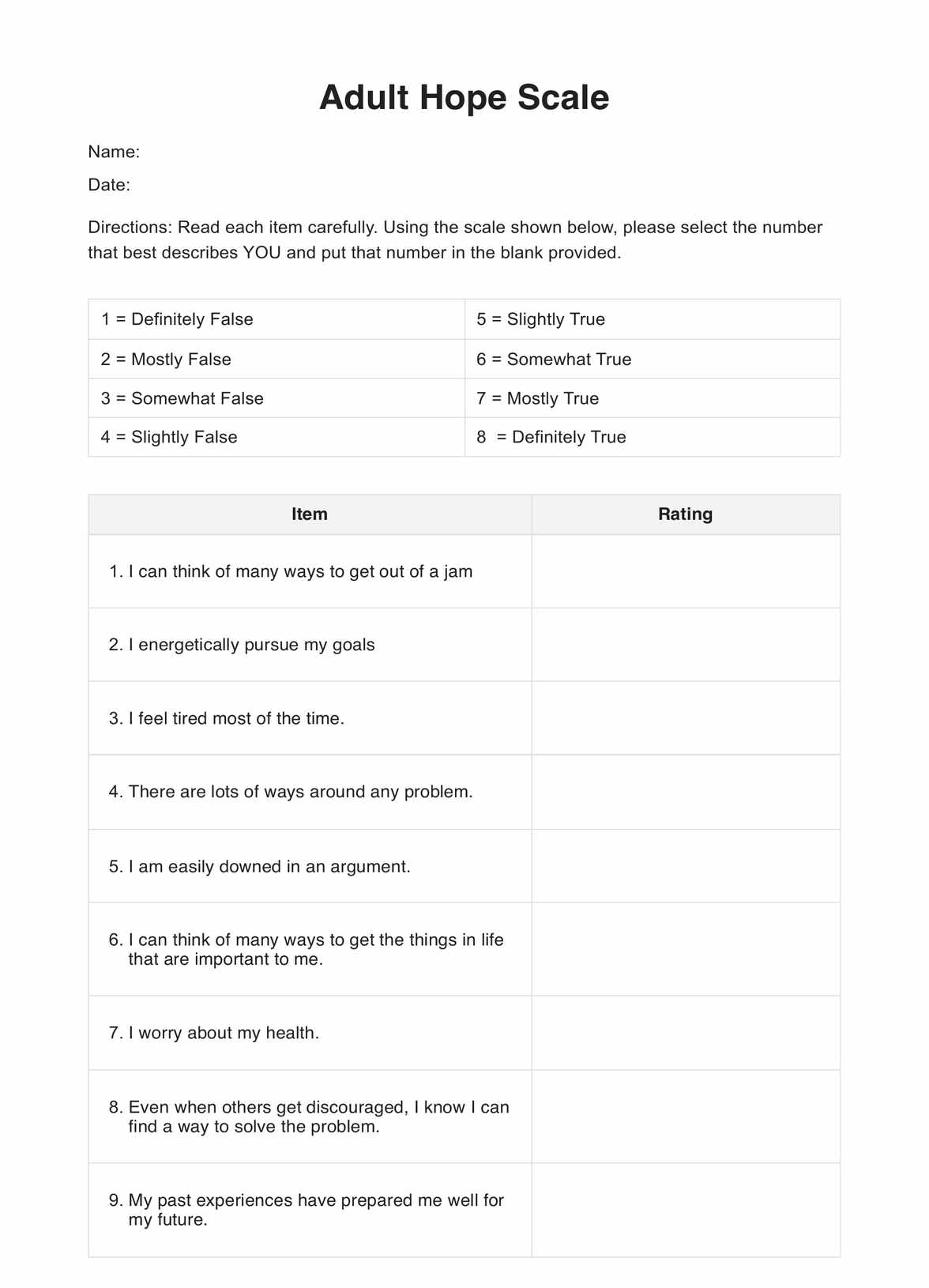
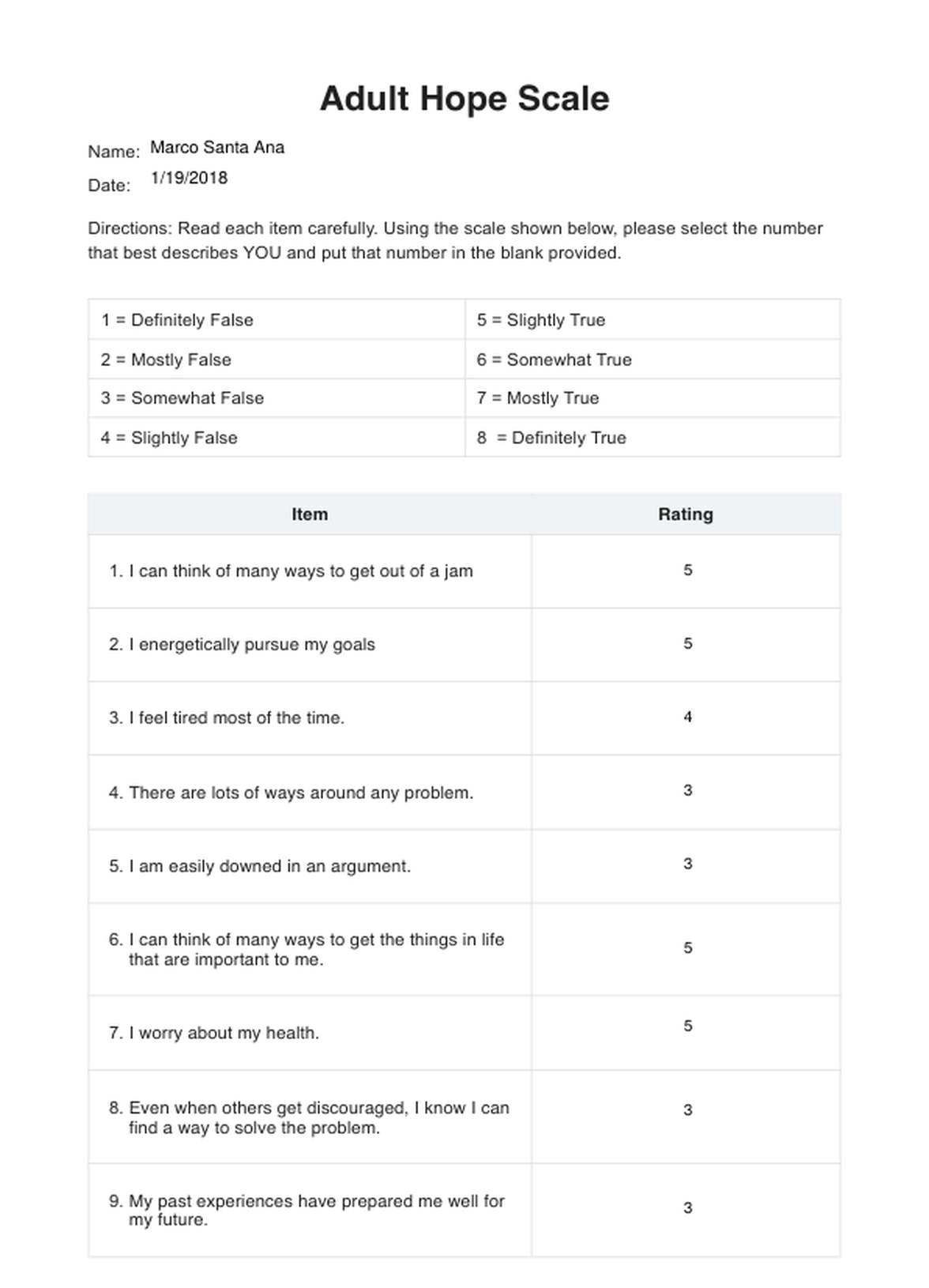













-template.jpg)























































































